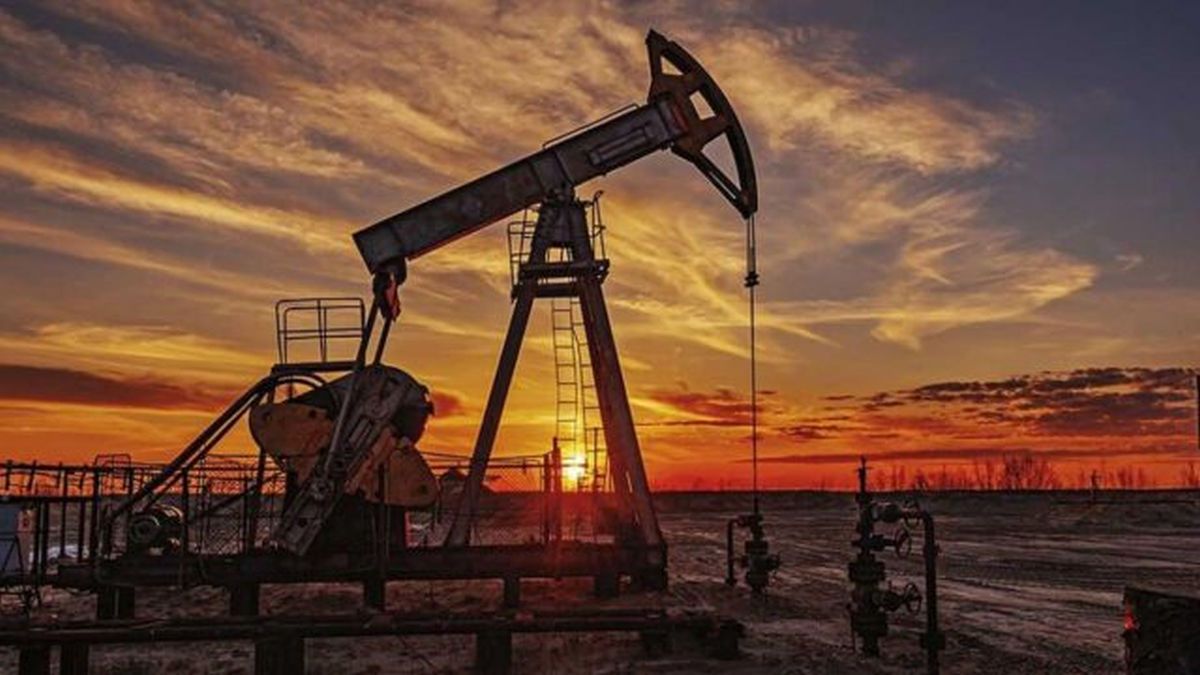US crude sales to other nations now reach record 3.4 million barrels per day (bpd), with exports of some 3 million bpd of refined products such as gasoline and diesel. The United States is also the main exporter of liquefied natural gas (LNG)whose growth is expected to skyrocket in the coming years.
However, The country consumes 20 million barrels of crude a day, the most in the world, and its production has never exceeded 13 million bpd. Until recently, the idea that it was anything more than a large importer of crude oil was crazy.
Last month, US government data showed net imports of crude fell to 1.1 million barrels per day (bpd), the lowest level since record-keeping began in 2001. This is a sharp drop with compared to five years ago, when the United States imported more than 7 million barrels per day
Among the factors that have changed the equation this year are the sanctions that have affected Russian oil and natural gas exports following the invasion of Ukraine; and Washington’s massive release of oil from emergency reserves to combat soaring gasoline prices.
“Russia’s invasion of Ukraine has spurred new demand for US energy and should drive oil exports ahead of imports by the end of next year, assuming shale production picks up.”said Rohit Rathod, a market analyst at energy research firm Vortexa.
To become a net exporter of crude oil, the United States needs to increase production or reduce consumption. Demand for US oil is forecast to rise 0.7% to 20.51 million bpd next year, meaning production would have to increase.
The United States already produces more oil than any other country in the world, including Saudi Arabia and Russia. US shale deposits are aging and production growth this year has been slow. Total production should hit a record 12.34 million bpd next year, but only if prices are lucrative enough to encourage drillers to pump more.
European refiners have snapped up US grades to make up for the loss of Russian oil, and with US crude discounting to world benchmarks, Asian refiners have increased their purchases to 1.75 million barrels a day, according to the data analysis company Kpler.
Export terminal operators are rushing to increase their capacity to better service the giant oil tankers that can carry more than 2 million barrels of oil.
“Russia has proven to be an unreliable supplier,” said Sean Strawbridge, chief executive of the largest US oil export facility, the Port of Corpus Christi. “That really creates a wonderful opportunity for American producers and energy.”
Corpus Christi could post export growth of 100,000 bpd next year, Strawbridge said, on top of record third-quarter shipments of 2.2 million bpd in the most recent quarter.
Analysts say net exports could decline if many countries around the world enter recession, hampering demand, and further easing of sanctions on Venezuelan crude boosts shipments from that country.
The United States became the world’s largest exporter of liquefied natural gas during the first half of 2022, surpassing Qatar and Australia, thanks to demand from Europe and rising prices.
According to Matt Smith, an analyst at Kpler, LNG exports are likely to continue to rise in 2023, as Europe scrambles to refill depleted tanks this winter.
Source: Ambito
David William is a talented author who has made a name for himself in the world of writing. He is a professional author who writes on a wide range of topics, from general interest to opinion news. David is currently working as a writer at 24 hours worlds where he brings his unique perspective and in-depth research to his articles, making them both informative and engaging.




